INDUSTRY
Falling domestic and global demand bode ill for the Indian textile industry.
- Shrivatsa Joshi
- Jan 08, 2021
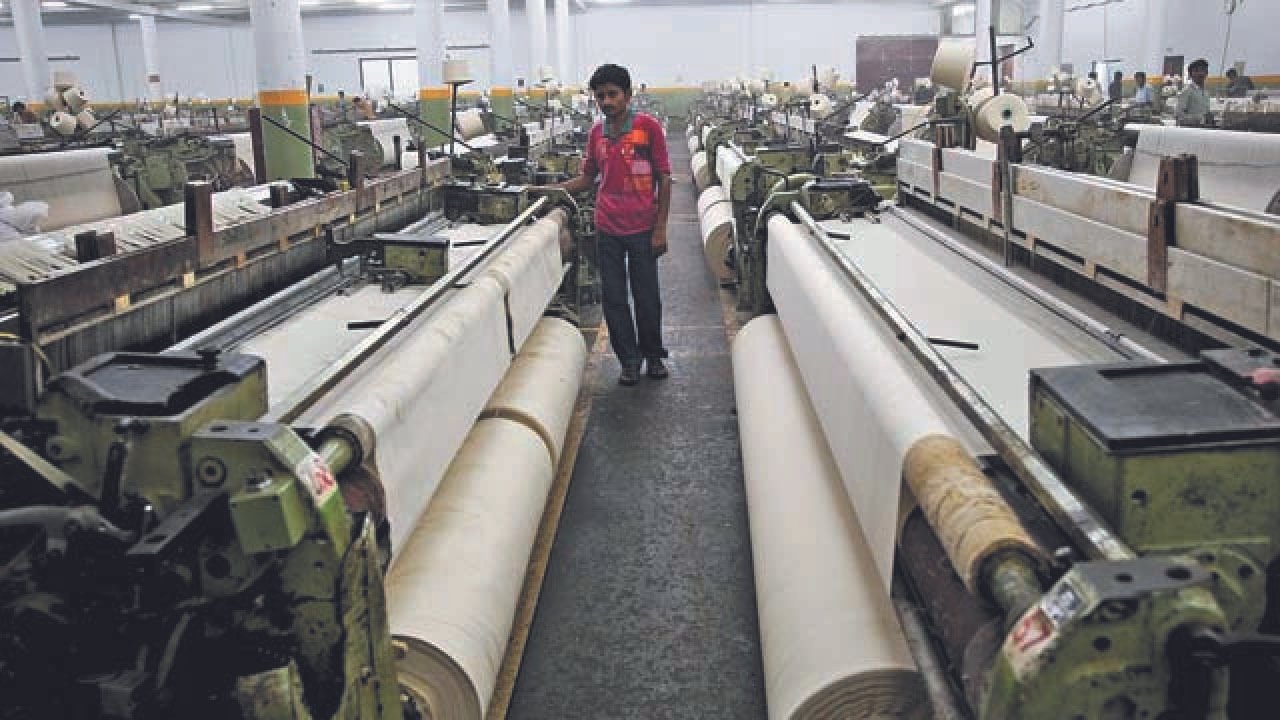
A severe slump in demand in global markets is set to batter the entire value chain of Indian cotton textile industry from cotton and yarn to fabric and garment. A slowing domestic economy, coupled with demand shock triggered by the viral epidemic, has further aggravated the problems for the Indian textile industry.
“The lockdown caused by the COVID-19 pandemic in India and across the globe from mid-March 2020 has created an unprecedented crisis. This will undoubtedly have a very serious impact on the Indian cotton textile and clothing industry, thereby affecting demand for cotton,” points out K Selvaraju, the secretary general of Southern India Mills Association (SIMA).
Incidentally, COVID-19 is not the only factor to spell doom for the domestic textile industry. In fact, Indian textile industry has been in a downswing for the past some years. Yarn exports, for instance, have been on the decline from 1,313 million kg in 2013-14 to 959 million kg in 2019-20.
Besides, India’s share in global garment or apparel exports is a meagre 4 per cent, and the country is ranked fifth globally is apparel exports, even though it produces around 20 per cent of the world’s cotton. The country’s second rank in global textile exports with a 6 per cent global market share is misleading, as most of the shipments include low-value segments, such as cotton fibre and yarn. Moreover, India’s dismal share of global apparel exports at 4 per cent stands out starkly when compared with China’s global apparel share of 36.4 per cent, Bangladesh’s 6.4 per cent and Vietnam’s 5.5 per cent.
A key reason for India’s poor show can perhaps be found in a deposition of the Union Textile Ministry to the Parliamentary Standing Committee on Labour. The ministry had deposed that India would have an agreement with Bangladesh to supply fabric and yarn to it, and that the neighbouring country would make apparel and export it.
It is another matter that such a formal agreement may not have been reached between the two countries. Yet, the deposition reflects poorly on the policy stance of the government. It shows how and why Indian exports continue to be dominated by low-value segments, such as cotton fibre and yarn. Instead, it would do a world of good for the Indian textile industry when the government and the industry make concerted efforts to increase the country’s share of global fabric and apparel exports.
Another missed opportunity is the government’s recent measure to extend the Production-Linked Incentive (PLI) Scheme to the textile industry. Unfortunately, the PLI Scheme, under which the Centre provides Rs 10,683 crore of incentives over a five-year period to manufacturers in the man-made fibre and technical textile segments, has left out cotton textile segment from its ambit.
By excluding cotton textile from the PLI Scheme, the government appears to have ignored an industry that employs around 5 crore workers and supports over 60 lakh farmers. The government should reconsider this decision by including cotton textile in the PLI Scheme. Besides, analysts tracking the sector add that there is an urgent need to notify a higher rate of incentives for cotton apparel under the upcoming Remission of Duties or Taxes on Export Products (RoDTEP) Scheme.
Textile is one of India’s oldest industries, which contributes around 2 per cent to the country’s GDP, employs about 4.5 crore people and contributes around 15 per cent to the country’s export earnings. The country also has the second-largest, vertically-integrated, textile production base in the world after China. Yet, despite its many advantages, Indian productivity, technology and products lag far behind China’s or even those of countries such as Bangladesh and Vietnam, which have built their capabilities fairly recently.
India has a window of opportunity to upgrade its textile industry and improve its share of global textile exports. The government and the industry should join hands to build economies of size and scale in the textile industry. Apart from making available cheaper credit, good infrastructure and other facilities, there is an urgent need for cluster development of industries across the value chain to gain on logistics and enhance productivity. India should act fast and ensure that textile industry weaves a new, bright and strong fabric.

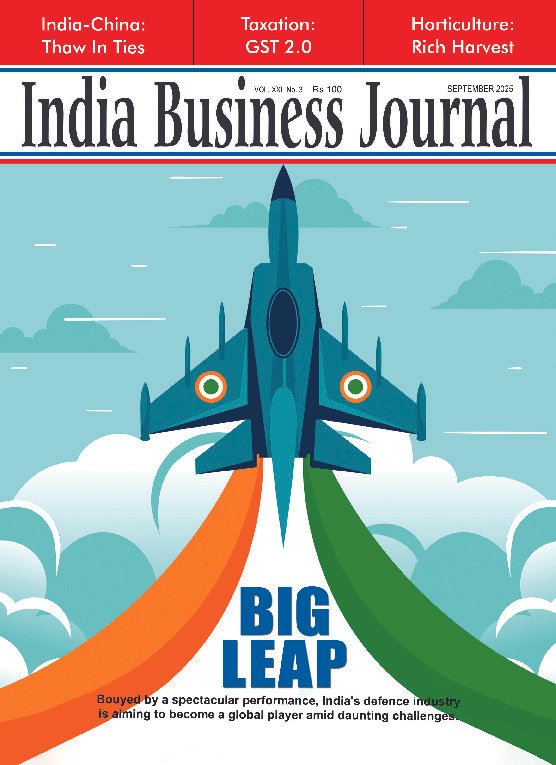
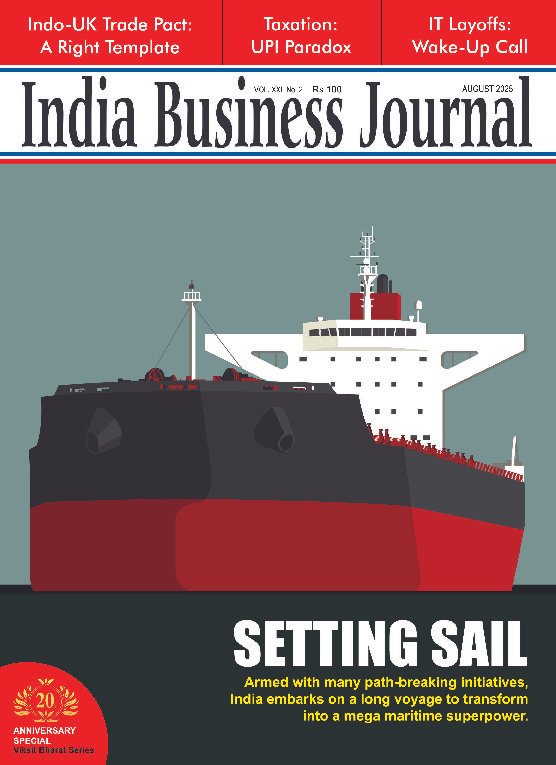









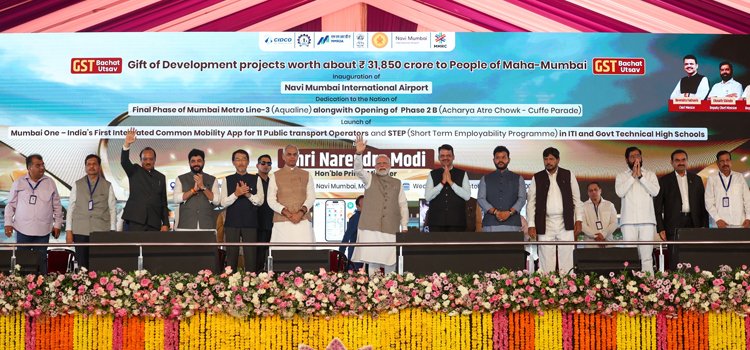

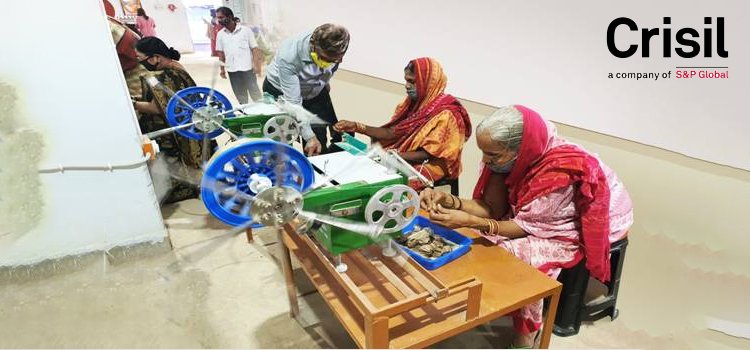





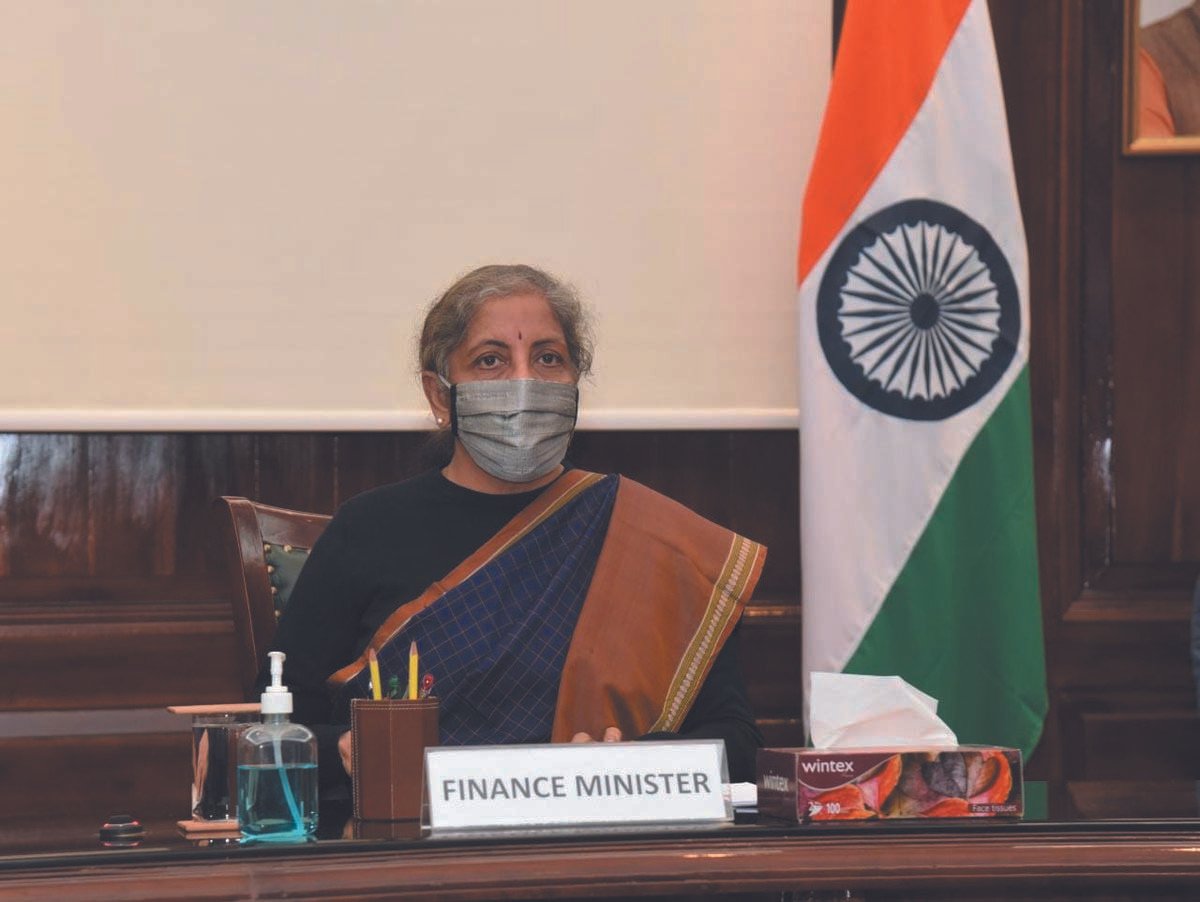
Report By
View Reporter News